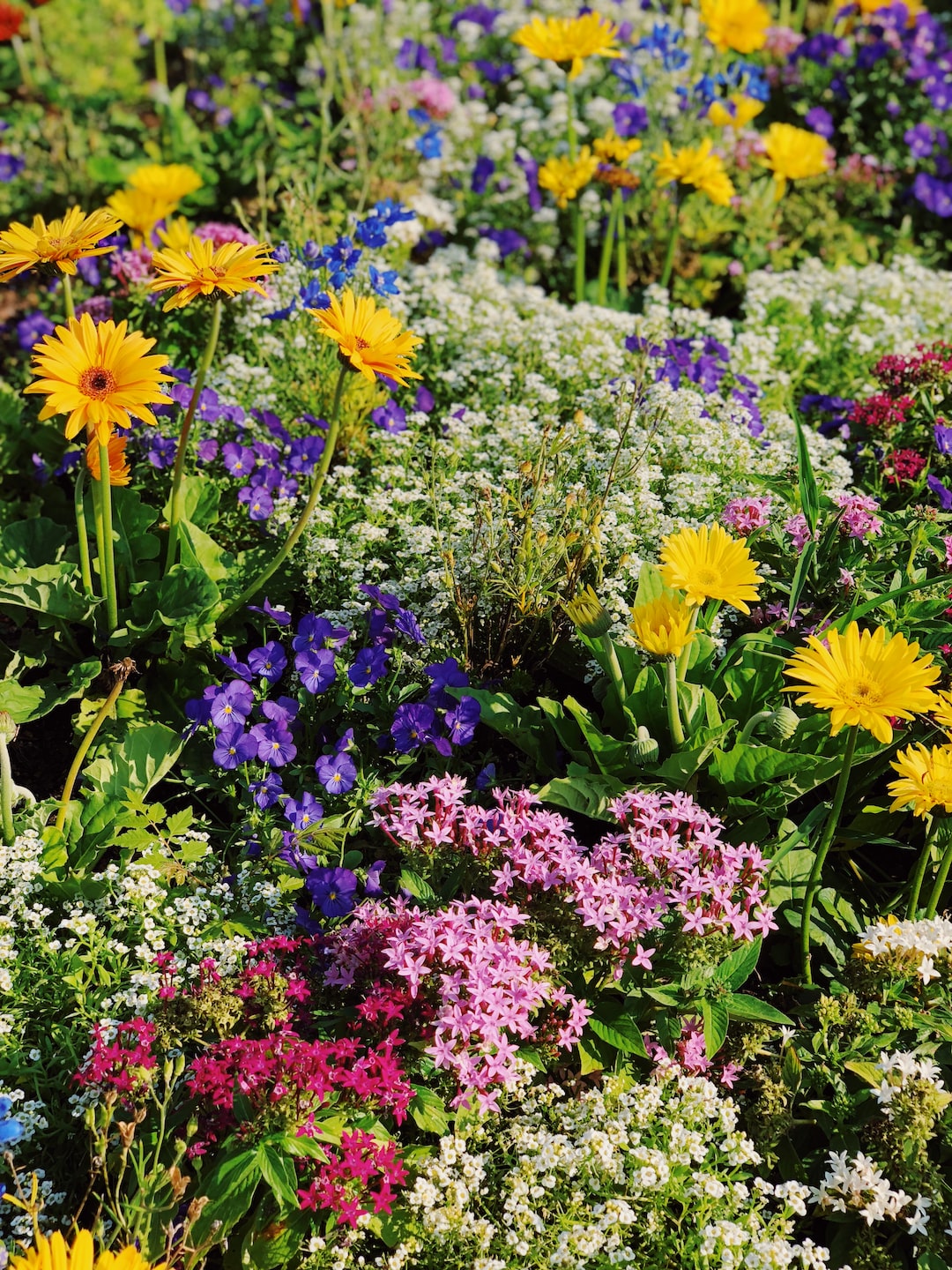Choosing the Right Plants for Your Vegetable Patch
Having your own vegetable patch can be a rewarding and fulfilling experience. Not only does it allow you to grow your own fresh and organic produce, but it also saves you money and provides you with a sense of accomplishment. However, choosing the right plants for your vegetable patch is crucial to ensure a successful harvest. In this blog post, we will discuss some important factors to consider when selecting plants for your vegetable patch.
1. Climate and location
One of the first things to consider is your climate and location. Different plants thrive in different climates, so it’s essential to choose varieties that are suited to your specific area. Research the temperature ranges, sunlight exposure, and frost dates for your region to determine which plants will grow best. For example, if you live in a tropical climate, you may want to consider growing tomatoes, peppers, and melons, while those in colder regions might opt for lettuce, broccoli, and carrots.
2. Soil type and quality
The soil in your vegetable patch plays a significant role in plant growth and productivity. Before selecting plants, it’s important to assess the type and quality of your soil. Some plants prefer sandy soil, while others thrive in clay or loamy soil. Conduct a soil test to evaluate its pH level and nutrient content. This information will help you determine which plants are more likely to flourish in your soil and if any amendments, like compost or fertilizer, are needed.
3. Plant compatibility
Another important factor to consider is plant compatibility. Certain plants have a symbiotic relationship and can benefit from being grown together. For instance, planting marigolds near tomatoes can help deter pests, while planting beans near corn can provide the corn with nitrogen. On the other hand, some plants should not be grown together as they may compete for nutrients or attract pests. Do some research on companion planting to maximize the success of your vegetable patch.
4. Space availability
The size and layout of your vegetable patch will also dictate the types of plants you can grow. Some vegetables, such as zucchini or cucumbers, require ample space to spread out, while others, like herbs or radishes, can be grown in small containers or even vertically. Consider how much space you have available and plan accordingly. Additionally, if you have limited space, you may want to consider dwarf or compact varieties of plants that can thrive in smaller areas.
5. Personal preferences and goals
Lastly, don’t forget to consider your personal preferences and goals when selecting plants for your vegetable patch. Think about the fruits and vegetables you enjoy eating the most and prioritize those. If you’re a beginner, it may be wise to start with easier-to-grow plants like lettuce, tomatoes, or herbs. If you’re looking to experiment and challenge yourself, consider growing more unique or exotic varieties. The more invested and interested you are in the plants you choose, the more likely you’ll be to maintain and care for them effectively.
In conclusion, choosing the right plants for your vegetable patch involves considering the climate, soil type, plant compatibility, space availability, and personal preferences. Take the time to research and plan accordingly, and your vegetable patch will be flourishing in no time. Happy gardening!
